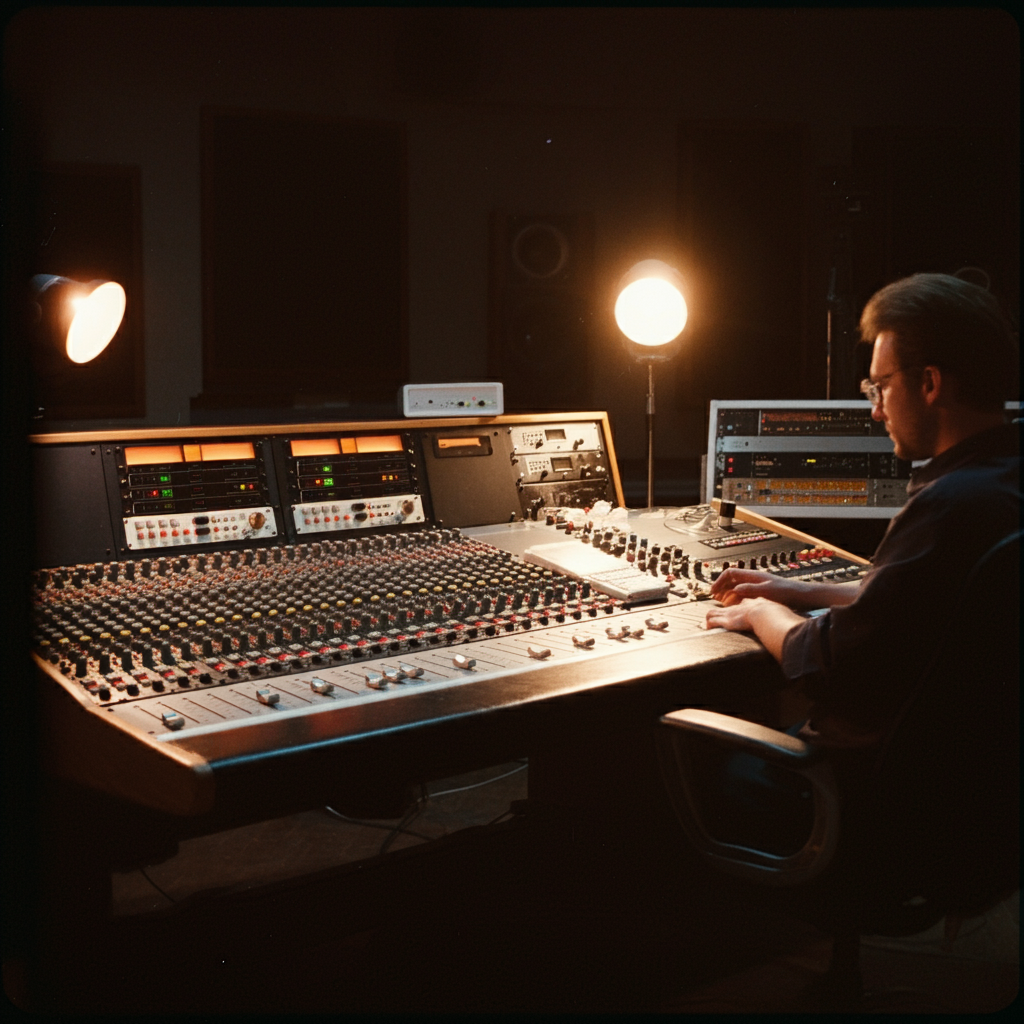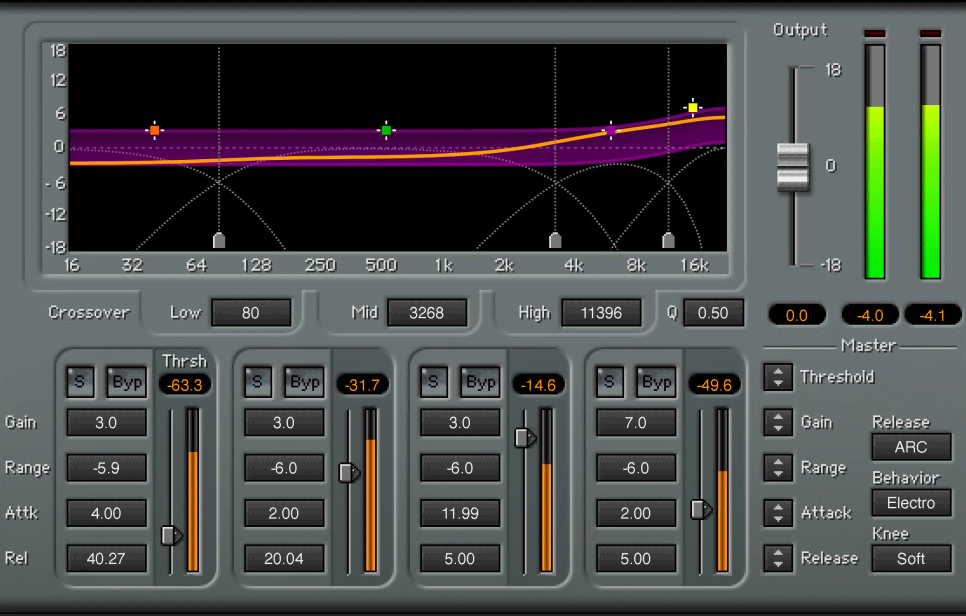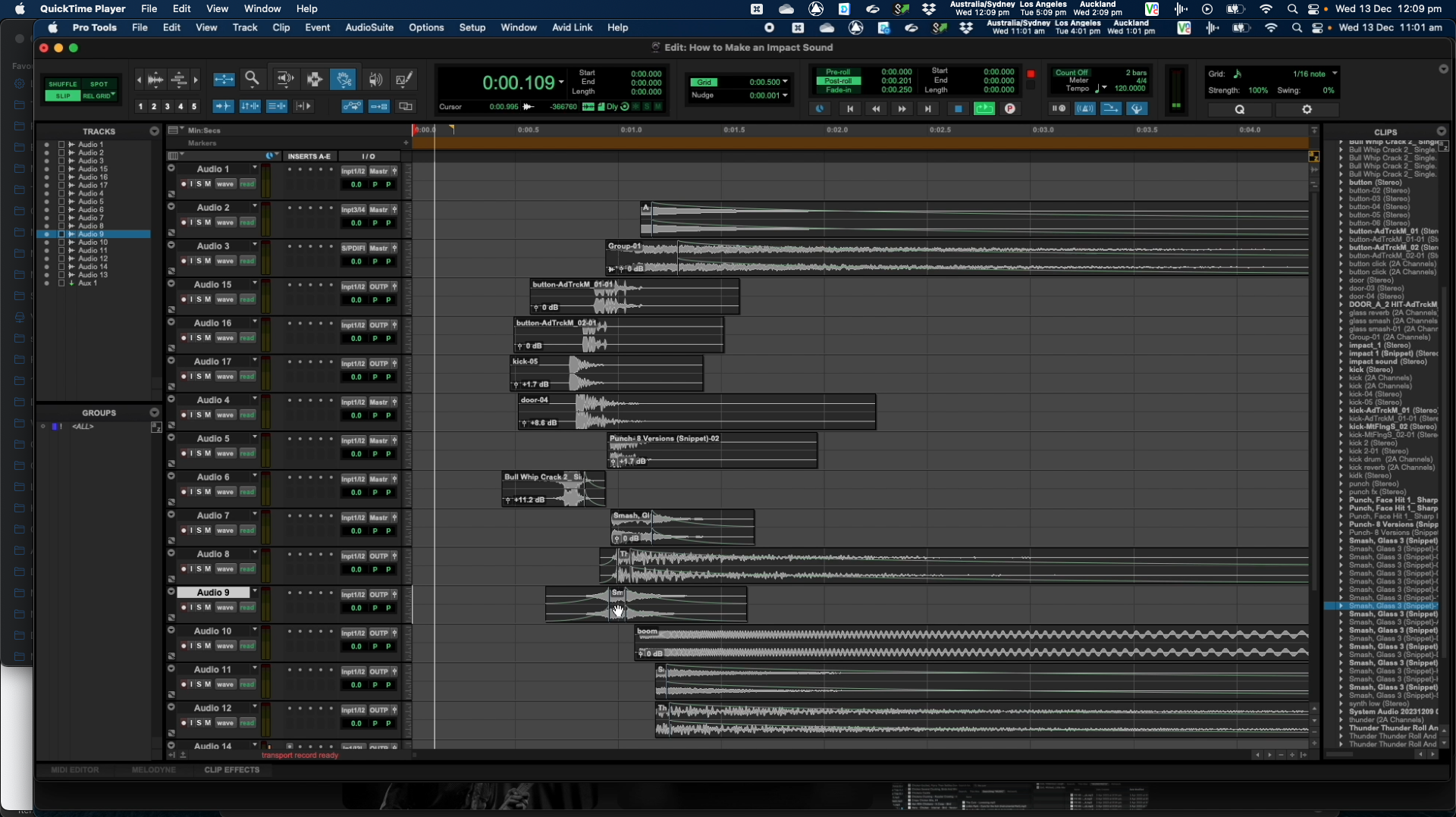When learning the best techniques for placing instruments in a mix, it’s important to remember that there is no right or wrong way to mix music, and no method is set in stone. Experimentation is key, and the guidelines provided here are meant to serve as a starting point to help you get your bearings. Legendary producers like Rick Rubin, Tony Visconti, Quincy Jones, Andrew Scheps, Butch Vig, and Jack Antonoff have left an indelible mark on the music industry, and their philosophies and techniques offer invaluable lessons for aspiring producers.
The Foundations: Where Should Instruments Sit in a Mix
Every great mix starts with a solid foundation. The key elements of a song—drums, bass, and vocals—must be balanced to create a cohesive sound. Drums typically sit around -6 to -8 dBFS. The kick drum should provide a solid, punchy foundation without overwhelming the mix, while the snare should be punchy and slightly above the kick in volume to cut through the mix. Bass guitar levels are usually around -10 to -8 dBFS, locking in with the kick drum to form the rhythmic backbone. Lead vocals often sit at around -3 dBFS to ensure clarity and prominence.
Rick Rubin
Rick Rubin, known for his work with artists such as the Red Hot Chili Peppers, Metallica, and Johnny Cash, emphasizes focusing on the essence of the music rather than the technical details. He says, “I never decide if an idea is good or bad until I try it. So much of what gets in the way of things being good is thinking that we know. And the more that we can remove any baggage we’re carrying with us, and just be in the moment, use our ears, and pay attention to what’s happening, and just listen to the inner voice that directs us, the better.”
To dive deeper into Rick Rubin’s creative process, check out the Shangri-La Documentary on Showtime, which explores his work at his Malibu studio. Additionally, Goldlink & Rick Rubin: In The Studio provides insights into his collaboration with contemporary artists.
For More on Foundation:
Read Tips for Achieving a Clean and Clear Mix for practical advice on using EQ to sculpt sound and ensure a balanced mix.

Frequency Spectrum and Stereo Field
Each instrument occupies a specific place in the frequency spectrum and stereo field, ensuring clarity and preventing masking, where one sound overpowers another. Low frequencies (20-250 Hz) are dominated by the kick drum and bass guitar. Low-mid frequencies (250-500 Hz) see the presence of the snare drum and rhythm guitar. Mid frequencies (500-2000 Hz) are crucial for vocals and guitars, while high-mid frequencies (2000-6000 Hz) allow lead instruments and vocals to cut through the mix. High frequencies (6000-20000 Hz) add sparkle and air, primarily through cymbals and ambient sounds.
Tony Visconti
Tony Visconti, famous for his work with David Bowie, T. Rex, and Thin Lizzy, highlights the importance of the producer’s role in guiding and mentoring artists. He states, “A producer is boss. You get more out of an artist when you are comfortable enough to give constructive criticism.”
For more on Tony Visconti’s production techniques, watch Tony Visconti on Producing David Bowie, where he talks about his long-term collaboration with Bowie.
Learn More About Sound Design:
Explore Trending New Techniques in Sound Design to see how sound design is evolving with new technologies.
Balancing Levels: Pre-Mastering and Post-Mastering
Balancing levels is crucial for achieving a clear and cohesive mix, involving setting levels during mixing and adjusting them during mastering. Pre-mastering levels typically leave around -6 dB of headroom to avoid clipping and provide space for mastering adjustments. During post-mastering, overall loudness is adjusted to meet industry standards, and dynamic range might be further compressed to ensure consistency across various playback systems.
Quincy Jones
Quincy Jones, who has worked with legendary artists like Michael Jackson, Frank Sinatra, and Ray Charles, underscores the importance of learning from mistakes and maintaining a respectful producer-artist relationship. He remarks, “You make your mistakes to learn how to get to the good stuff” and “The relationship with a producer and an artist is really special. It’s got to be love and respect, amazing mutual respect for each other because that’s what makes a good record.”
A comprehensive look at Quincy Jones’s career and his work on “Thriller” can be found in the Quincy Documentary on Netflix.
Explore the Science:
Check out The Science of Sound in Audio Production for advanced EQ techniques and insights into automated mixing and mastering.
Heavy Compression on Vocals
Modern production techniques often involve heavy compression on vocals, giving the impression that they sit lower in the mix when looking at the waveform, but maintaining high perceived loudness and presence. Choosing the right compressor, setting the threshold for about 3-6 dB of gain reduction, adjusting makeup gain, and blending compressed signals with dry signals are key steps in achieving consistent and prominent vocals.
Andrew Scheps
Andrew Scheps, known for his work with artists like Red Hot Chili Peppers, Adele, and Metallica, is renowned for his innovative use of parallel compression. He explains, “I’m a big fan of having lots of choices. I don’t like to do the same thing all the time. The way that I set up my mixes, all of my compression is parallel, and I’m never directly compressing anything, which means all of my compression can be brought in from a template. I have way more compressors set up on a session than I’d ever use so I can just mix and match and try things quickly.”
To see Andrew Scheps in action, watch Andrew Scheps Mixing Clinic, where he demonstrates his mixing techniques and workflow.
Further Reading:
Read about Parallel Compression: The How, What, When, and Why to understand how this technique can enhance your mix.
Depth and Space in Mixing
Creating depth and space in a mix involves careful use of reverb and delay to place instruments in a virtual environment. Front elements like lead vocals and snare drums should sound close and dry, while middle elements like guitars and pianos should have moderate reverb. Back elements like ambient sounds should have heavy reverb to create a sense of distance.
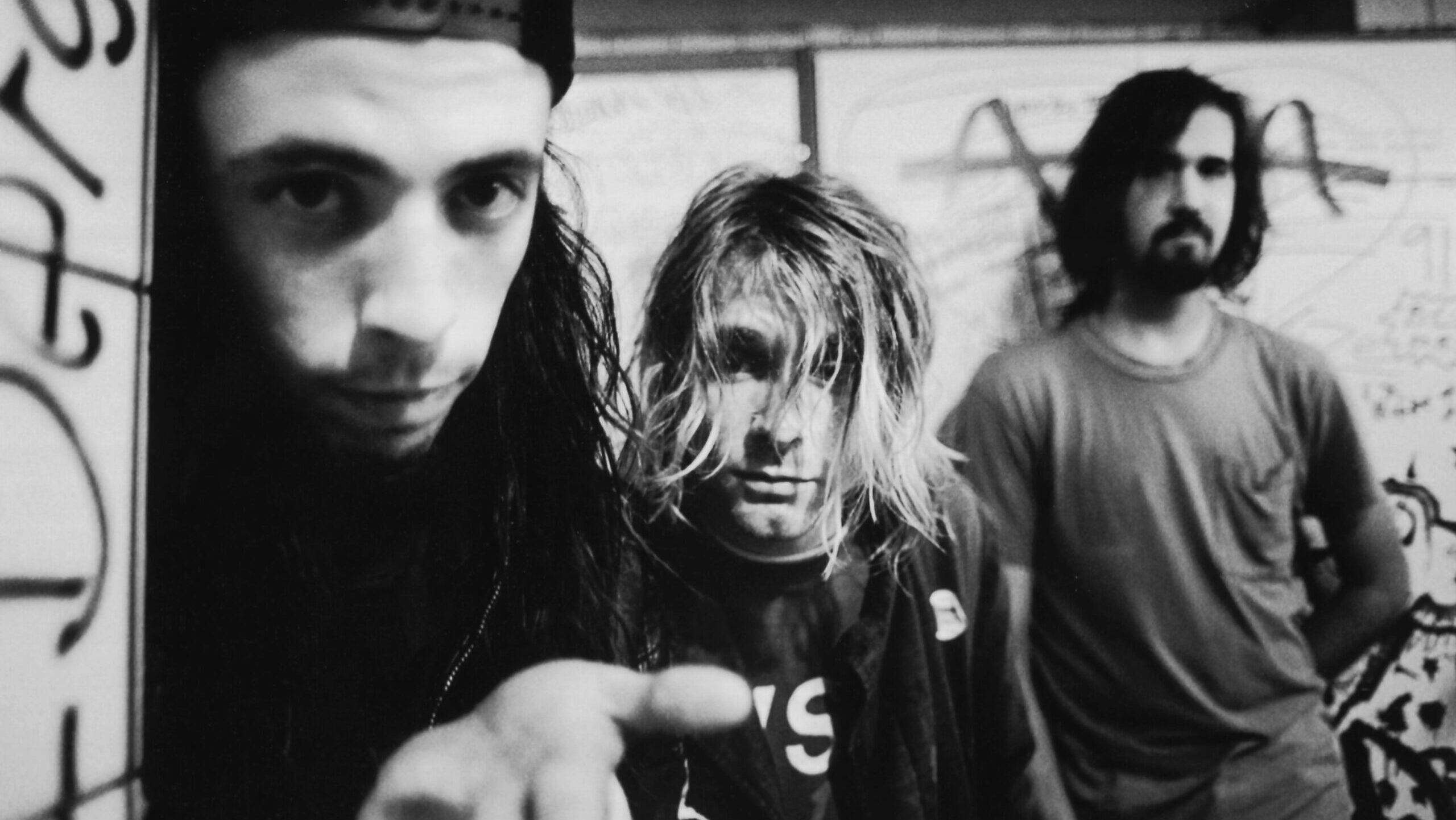
Butch Vig
Butch Vig, the producer behind iconic albums like Nirvana’s “Nevermind,” Smashing Pumpkins’ “Siamese Dream,” and Garbage’s “Version 2.0,” emphasizes creativity and resourcefulness in music production. He says, “I made so many recordings with junky mics and crappy mixing consoles, you have to use what your tools are, and in some ways, that’s been inspirational.”
For more insights from Butch Vig, watch Butch Vig: Producing Nirvana’s Nevermind, where he discusses the production process behind Nirvana’s landmark album.
Vocal Effects Techniques:
Explore Vocal FX Plugins: Techniques Pros Use to learn about various vocal effects and how to use them effectively in your mixes.
The Influence of Jack Antonoff
Jack Antonoff, known for his work with Taylor Swift, Lorde, and The 1975, has become a prominent figure in modern pop and rock production. Antonoff’s collaborative approach has significantly influenced Taylor Swift’s music, especially in albums like “1989,” “Reputation,” and “Lover.” Antonoff’s production style emphasizes emotional authenticity and sonic experimentation.
Jack Antonoff emphasizes the importance of the collaborative process and the authenticity of emotions in music production. He says, “It’s always about the song. You have to protect the song. You can dress it up, but you can’t lose its essence.”
For insights into Jack Antonoff’s production techniques, watch his interview on Song Exploder: Taylor Swift’s ‘Out of the Woods’.
Practical Workflow
Achieving a balanced mix involves a methodical approach:
- Foundation: Start with setting levels for kick and snare drums around -6 dBFS. Gradually add bass guitar, ensuring it locks in with the kick drum.
- Vocals: Bring in lead vocals, setting them around -3 dBFS, and ensure they sit well above the rhythm section.
- Instruments: Gradually introduce guitars, pianos, and other instruments, adjusting levels to support the vocals and drums without overpowering them.
- Automation: Use volume automation to adjust levels dynamically throughout the song, ensuring balance in different sections.
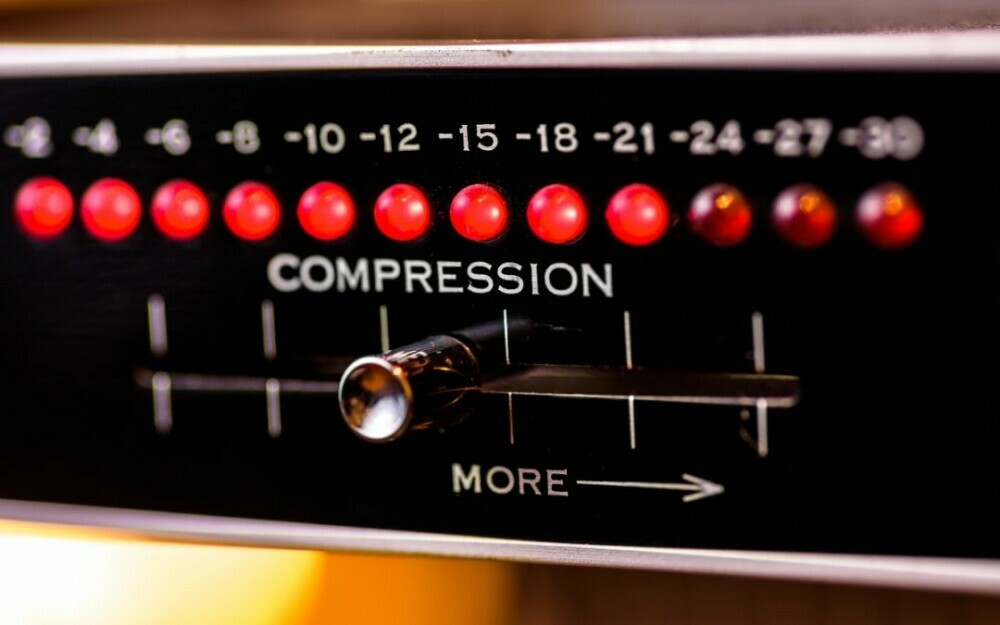 In a Nutshell
In a Nutshell
Balancing technical proficiency with creative intuition is key to achieving a great mix. Learning from the experiences and insights of legendary producers like Rick Rubin, Tony Visconti, Quincy Jones, Andrew Scheps, Butch Vig, and Jack Antonoff can provide invaluable guidance. Whether you are a novice or an experienced producer, their philosophies and techniques offer a wealth of knowledge to help you refine your craft and create music that resonates deeply with listeners.
By embracing their principles—such as the importance of space and dynamics, the value of constructive criticism, and the power of creativity and experimentation—you can elevate your music production skills and create mixes that stand the test of time. Remember, the guidelines provided are just starting points. The beauty of mixing lies in the endless possibilities and the freedom to experiment and find what works best for each unique track.

